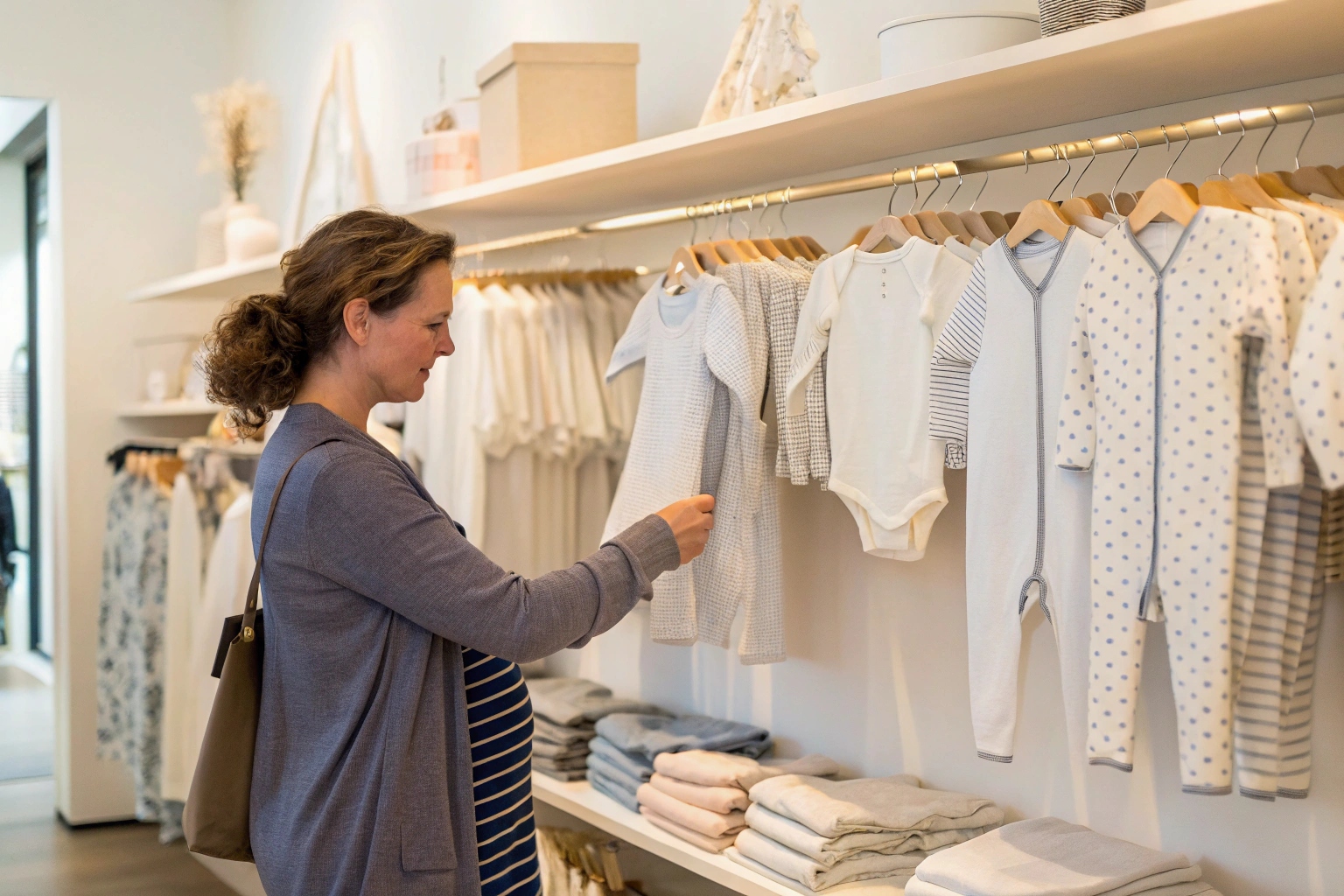More and more babywear buyers are moving away from mass production. But why is small-batch manufacturing suddenly becoming the new gold standard?
Small-batch babywear is popular because it offers higher quality, faster feedback cycles, and a deeper connection with customers. Parents and brands alike are discovering its hidden advantages.
Big orders can seem efficient, but they often come with big problems—slow reaction time, waste, and inconsistent quality. Let’s explore how small-batch production is changing the game for babywear brands.
How Limited Runs Create a Sense of Exclusivity for Parents?
Small-batch babywear feels special. It doesn’t look like every other outfit on the market. That’s something today’s parents deeply appreciate.
Limited runs allow babywear brands to offer unique, rare styles that parents won’t find elsewhere. This sense of exclusivity increases demand and builds emotional connection.
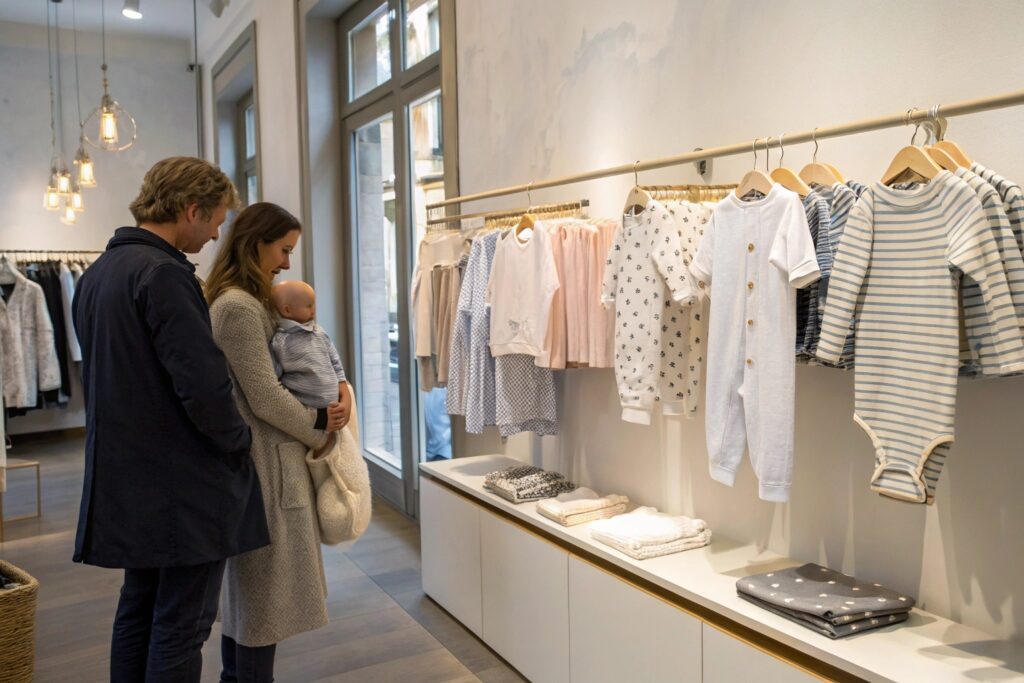
Why do parents want something different from mainstream babywear options sold in big box stores?
When I speak with new parents, many say they’re tired of identical baby onesies in every retail shop. They want something special, even for basics like rompers or bibs. Small-batch clothing fills that need. These collections often use distinctive fabrics, rare color palettes, and fresh patterns. Limited production also means fewer children wearing the same look, which resonates with image-conscious parents—especially those active on social media.
On the wholesale side, brands and buyers use this exclusivity as a marketing strategy. They promote limited quantities to spark urgency. It taps into “fear of missing out.” As a supplier, I’ve seen clients double their preorder rate just by mentioning “limited edition.”
How does exclusivity improve brand value and customer loyalty for clothing companies?
Exclusivity boosts perceived value. Even if a onesie costs a few dollars more, buyers feel it’s worth it because it’s rare. That helps brands shift away from price wars. It also builds loyalty. Parents follow their favorite labels more closely, eager to grab the next launch. For wholesalers, it’s easier to build anticipation and keep seasonal items fresh. Each drop becomes an event—not just another product.
Why Small-Batch Production Supports Better Quality Control?
Mass production creates too many chances for errors. Small-batch systems make it easier to track each step and fix issues early.
Smaller orders allow factories to inspect every stage closely. This results in more consistent sizing, better fabric handling, and fewer defects.
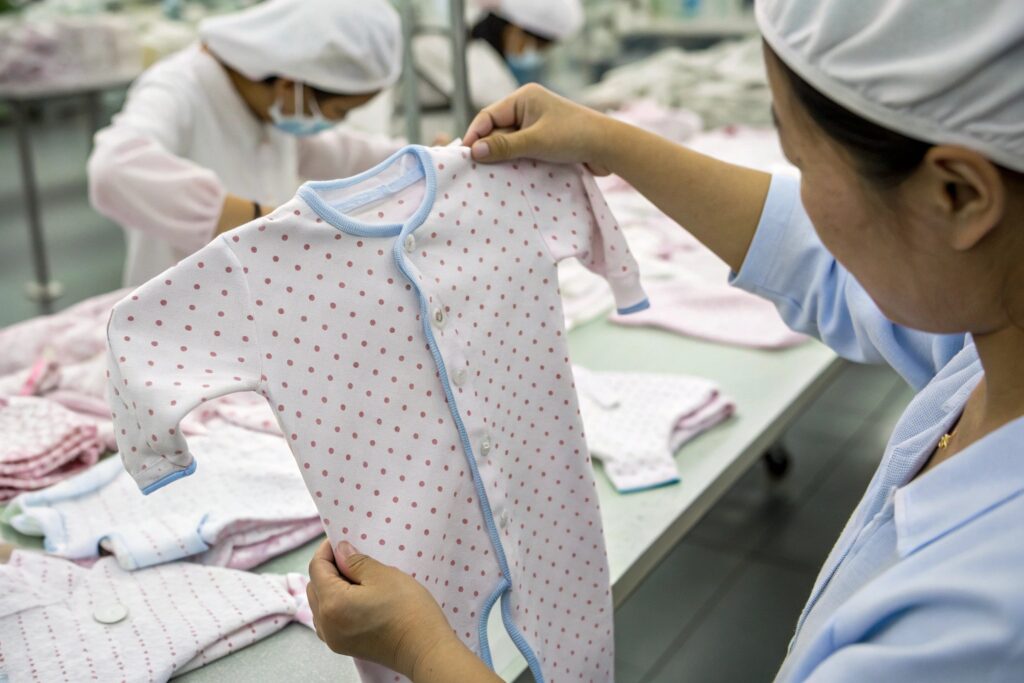
What steps in babywear manufacturing benefit most from tighter batch control?
In our factory, we’ve found quality spikes during cutting and sewing. For small-batch production, we run each order with a single, dedicated team. That means the same workers handle everything from lay planning to stitching. This helps us catch irregular stitching or pattern misalignment right away.
Our QA staff also conducts more frequent checks. With fewer pieces to inspect, they spend more time on each one. We log results in tracking sheets, so we can trace every garment back to its fabric roll and operator. Here’s a simplified example:
| Stage | Inspection Type | Frequency |
|---|---|---|
| Fabric In | Color Matching | Every roll |
| Cutting | Alignment Check | Every 50 pcs |
| Sewing | Stitch Quality | Every 20 pcs |
| Final QA | Button & Labeling | Every piece |
This system doesn’t work at scale. But for babywear brands ordering 500-1000 pieces, it’s ideal.
How does better quality control reduce costs for babywear brands in the long run?
Defects are expensive. If a parent returns a faulty romper, the brand loses more than money—they lose trust. Small batches help avoid this. Since every step is watched closely, brands get more consistent shipments. That means fewer returns, fewer headaches, and better reviews.
Better quality also lets brands charge more. In babywear, details matter—soft seams, secure snaps, fade-resistant prints. With small batches, we can guarantee those details. Clients often tell me their repeat customers notice the difference, even if they can’t explain why. That’s the power of quality.
How Niche Brands Use Small Batches to Test New Designs?
Launching a new design is risky. But small batches reduce that risk, making it easier to experiment and learn.
Small-batch production lets babywear brands test prints, fits, and fabric types in real markets before committing to large orders.
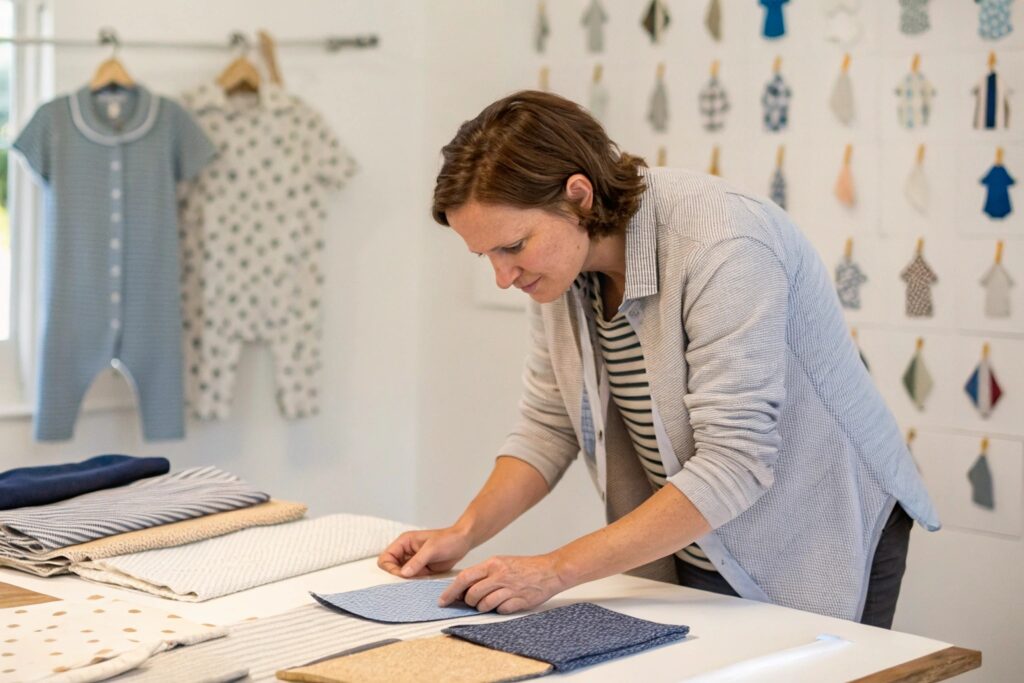
How does limited production help brands experiment with styles, colors, or fabrics?
Niche babywear brands often follow trends or seasonal moods. They might want to test a pastel rainbow fabric or a new puff sleeve silhouette. With small-batch, they can do this easily. They’ll order 200–300 pieces, push them online or at events, and track the response.
We’ve worked with clients who use this method like clockwork. One brand from California launches 10 “mini collections” per year. Each uses small-batch output to gauge popularity. If one hits, they place a bigger reorder. If it flops, they move on quickly, with minimal waste.
This strategy lets them stay agile. They can respond to market feedback fast. They also avoid warehouse overstock, which hurts cash flow.
What tools do babywear brands use to track small-batch product performance?
Most use a combination of sales reports and digital feedback. Here’s a snapshot of what one brand shared with us:
| Metric | Tool Used |
|---|---|
| Units Sold/Day | Shopify Dashboard |
| Customer Reviews | Judge.me |
| Social Media Likes | Instagram Insights |
| Repeat Orders | CRM (Klaviyo) |
They treat each batch as a data point. That way, they refine future designs using real user feedback, not just guesswork. For suppliers like us, this approach also helps. We get clearer specs and better preparation for the second batch.
What Makes Small-Batch Babywear More Sustainable?
Parents and brands care more about sustainability today. Small batches support that goal.
Small-batch babywear creates less waste, uses fewer resources, and enables ethical labor conditions. It’s a more responsible way to produce clothes.
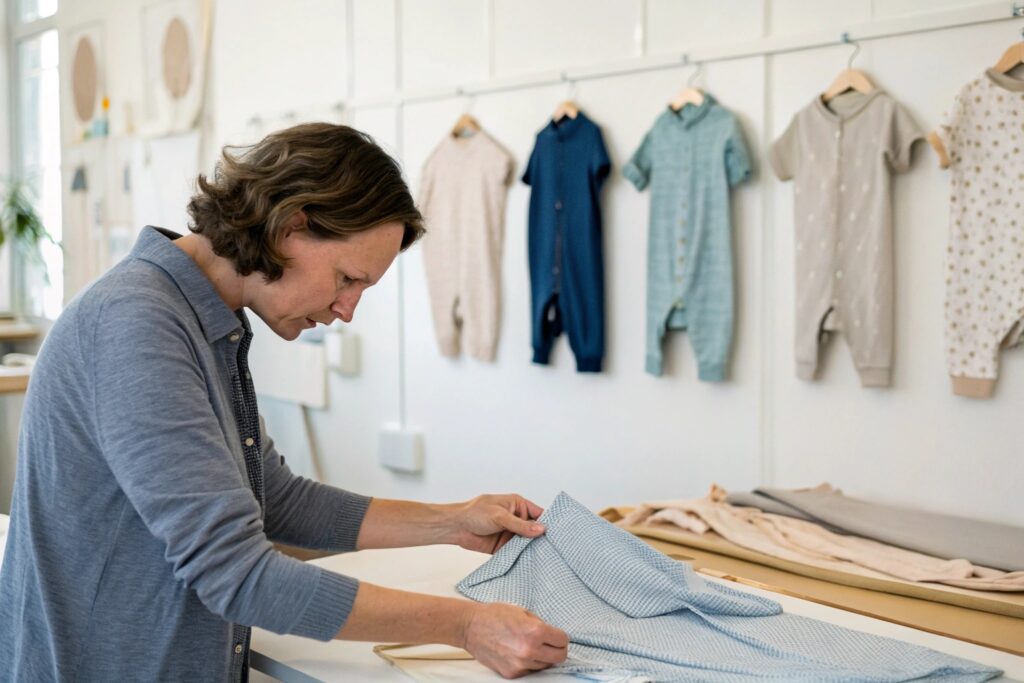
How does smaller-scale production reduce waste and environmental impact?
Mass production leads to overstock. Big brands order too much, then dump unsold stock. That’s wasteful. Small-batch avoids this. Brands only order what they can sell.
Also, smaller orders mean fewer mistakes. Fewer defective garments end up in landfills. And because factories work on tighter specs, they plan fabric cutting better. Our team often uses digital markers to reduce leftover scraps. We’ve seen up to 12% fabric savings per batch.
We also use lower energy in small runs. Our machines work fewer hours, and we schedule better to avoid idle time. These small savings add up.
Why does small-batch allow for better labor practices in babywear factories?
Small batches reduce pressure. Workers have time to focus. That improves morale and reduces injury risk.
In our factory, small orders let us rotate tasks. That prevents burnout. It also lets us offer stable schedules, instead of chasing urgent bulk orders. Workers are less likely to rush. They take pride in quality, not just speed.
Here’s a simple breakdown comparing labor environments:
| Aspect | Bulk Production | Small-Batch |
|---|---|---|
| Overtime Frequency | High | Low |
| Defect Pressure | High | Low |
| Skill Development | Limited | Strong |
| Work Satisfaction | Low | High |
Clients appreciate this. Many now ask about factory ethics. They want babywear made under fair conditions. Small-batch helps us meet that goal.
Conclusion
Small-batch babywear is more than a trend. It helps brands stay agile, ensures quality, builds exclusivity, and supports sustainability—all while keeping parents happy.

